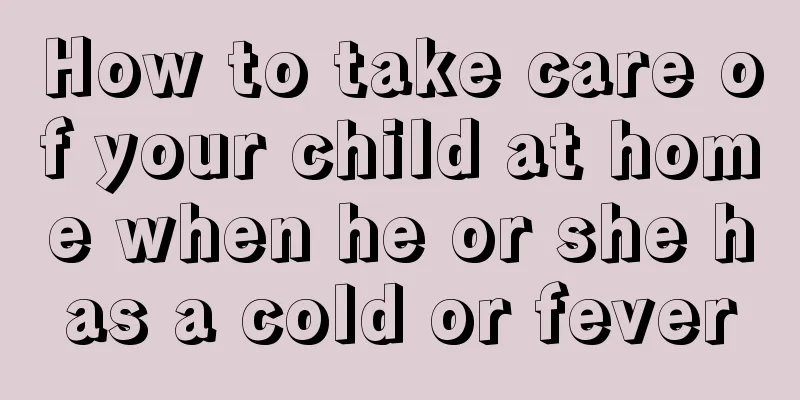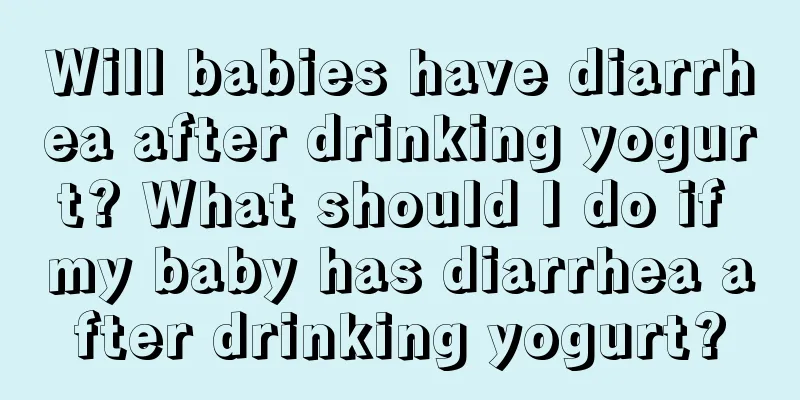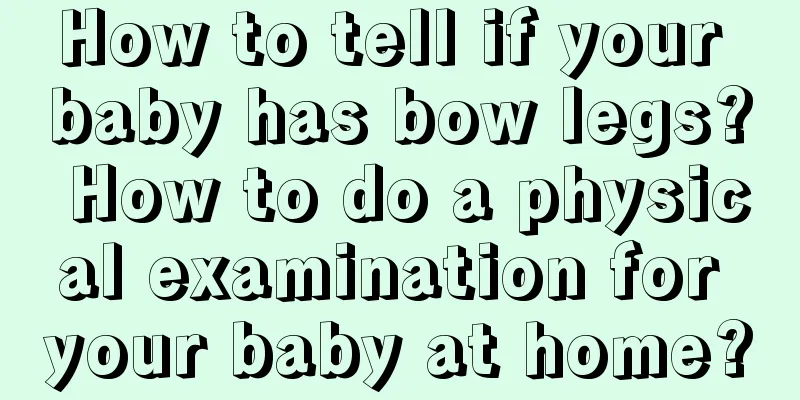How to take care of your child at home when he or she has a cold or fever

|
Fever is the most common symptom in children's growth process. It is the body's defense response when the disease or bacteria invade the body. Because when the brain sets the body temperature higher, the activity of pathogens will be suppressed, the immune function will be enhanced, and the resistance will be temporarily improved. Generally speaking, if you find that your child is listless, doesn't like to laugh, reacts slower than usual, etc., he may be sick, so you should prepare to measure his temperature first. Please note that you should use a thermometer, not your hands. I have tried it before. When I touched it with my hands, it was cold. The baby kept complaining of a headache. When I used the thermometer, it was already 39 degrees Celsius. It turned out that he was having a chill. (Shock!) Similarly, you should wipe the sweat off your child before taking the temperature each time, because sweat will lower the temperature of the skin surface, and the measured temperature will be inaccurate. Temperature rise periodOnce a child starts to have a fever, he or she will usually have physical abnormalities such as chills, shivering, cold hands and feet, and a bad complexion, which means that the body temperature will rise again. If the child is afraid of the cold (or cries when you take the baby into the bathroom), you can help the child wrap in a towel to keep warm. (Don't use a thick blanket!) At this time, you should take the temperature every half an hour and record it until the temperature rises completely. High fever periodWhen the body temperature rises, the child will feel hot and sweat, and breathe faster. Since sweating and breathing will cause the body to lose water, you should drink plenty of water to avoid dehydration, and change into 100% cotton underwear with good moisture absorption. In addition, fever consumes a lot of energy, so children should be allowed to get enough sleep. In order to provide a comfortable sleeping environment, the temperature and humidity in the room should be paid attention to. The temperature should be 25 degrees Celsius and the humidity should be between 40 and 60 percent. Parents can also soak a towel in warm water, wring it dry, and then apply it to the child's neck, armpits, inner thighs, etc. If the child resists, do not force it. The child's temperature should be checked every hour until it starts to drop. If the child's temperature is above 38.5 degrees Celsius and the child has difficulty falling asleep or is tired, he or she should be given antipyretics as directed by the doctor. Fever reduction periodDon't think that you can relax when your child's fever goes down, because children usually have a fever again when we are most relaxed. (Xiaomi has tried countless times) Therefore, you should continue to take the temperature once in the morning, afternoon and evening until the child has no fever for 24 consecutive hours. After the fever subsides, the child's physical strength has not yet recovered, so he should rest at home for two days before going to the park to play. Children who are in school should also rest for another day after the fever subsides before returning to school. Never let teachers or homework drag down your child's health. |
<<: When will the melanin deposition fade during pregnancy? Sun protection is essential
>>: Is it really okay for children to brush their teeth right after a meal?
Recommend
Can a one-year-old baby eat zongzi? It is recommended to eat less
The Dragon Boat Festival is coming soon, and ever...
How to distinguish lochia from menstruation by judging the color and time
After the baby is born, the mother's uterus a...
Baby food recipes for babies under one year old
Many mothers are worried about what to feed their ...
At what age should children's sex education begin? When is the critical period for children's sex education?
Children's sex education is really a very imp...
What are the symptoms of baby getting angry? See how to care for it with Chinese and Western medicine
Maybe one day you suddenly find out why your baby...
What does an internal examination feel like? Are there male doctors for internal examinations?
Internal examination is a necessary process for p...
Can pregnant women drink milk tea? What are the harms of drinking milk tea for pregnant women?
Milk tea is one of the most popular drinks in mod...
What should I do if my child doesn't like to eat vegetables? How can I guide my child if he doesn't like to eat vegetables?
What should I do if my child doesn't like to ...
How to care for cesarean section scars and postpartum scar repair methods
There are two most common ways for women to give ...
What to do if your newborn baby always hums when sleeping
It is not easy for a newborn to sleep, and mother...
How to train children's hand flexibility? 6 stages of hand-skill games to strengthen finger flexibility
After children go to kindergarten, they start a s...
When can babies eat oil? Can babies eat oil?
Can babies eat oil? Oil is a traditional essentia...
What to do if your baby doesn't like to eat? Happy hunger therapy teaches you
Many children don't like to eat, but how can ...
Is spanking a child a crime? What are the effects of spanking on children?
When children are disobedient, many Chinese paren...
Is it normal for a baby to have a fever and convulsions? What should I do if my baby has a fever and convulsions?
When babies have a high fever, they twitch, which...









